
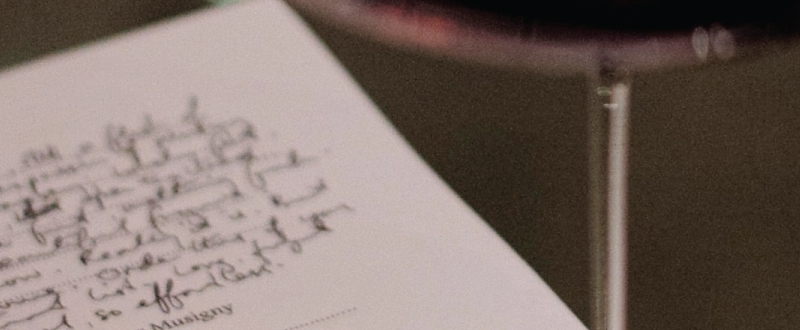
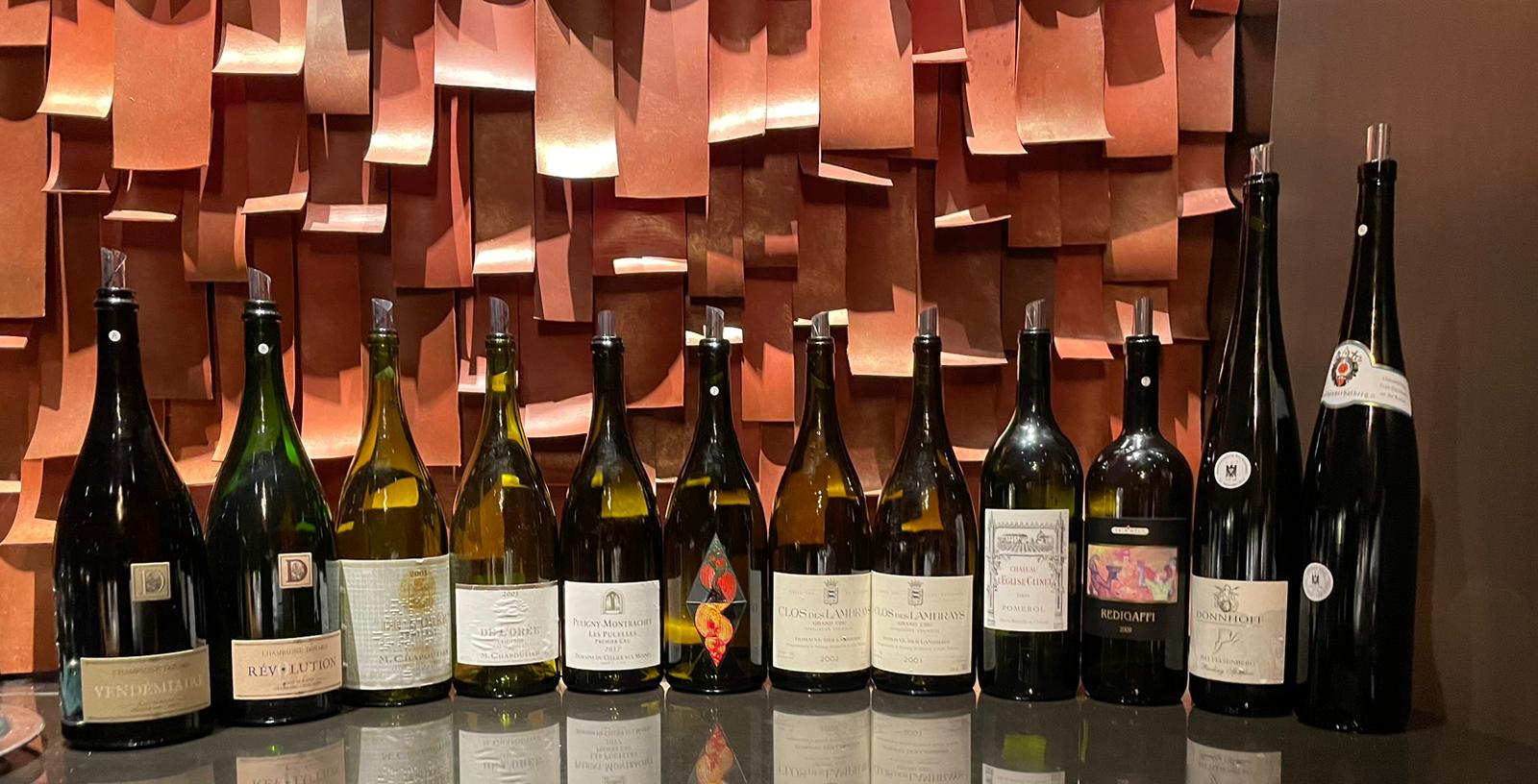
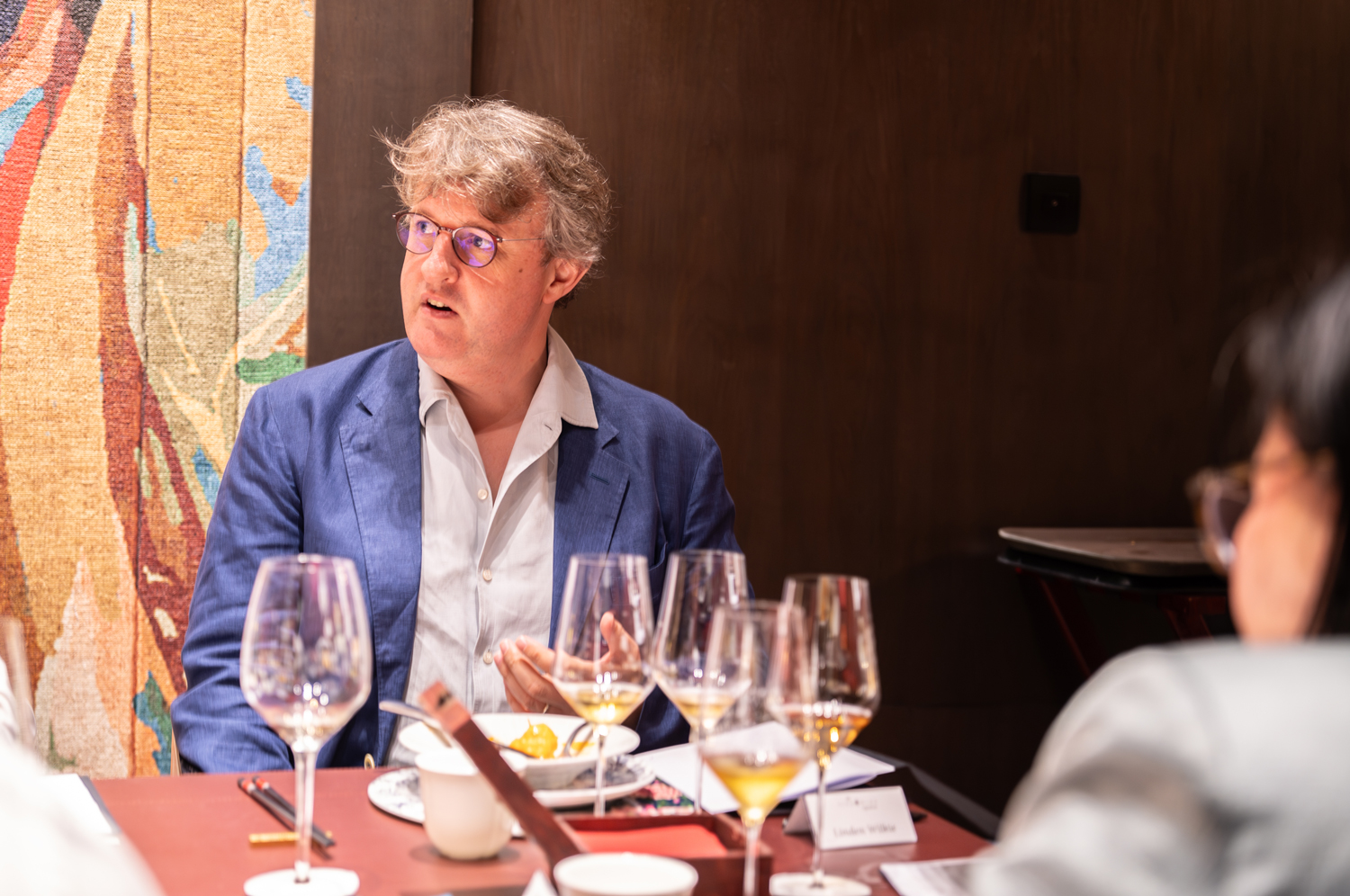
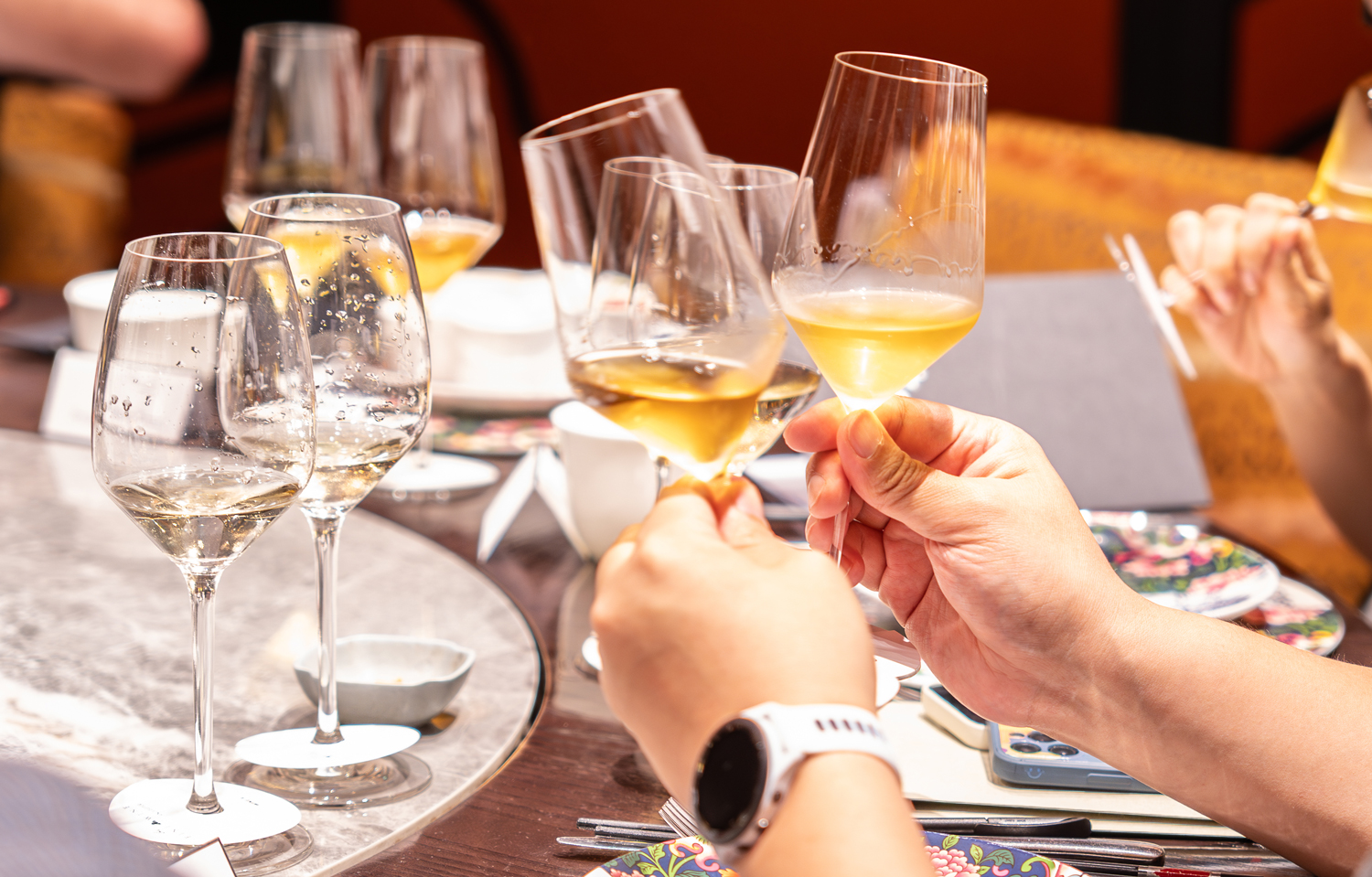
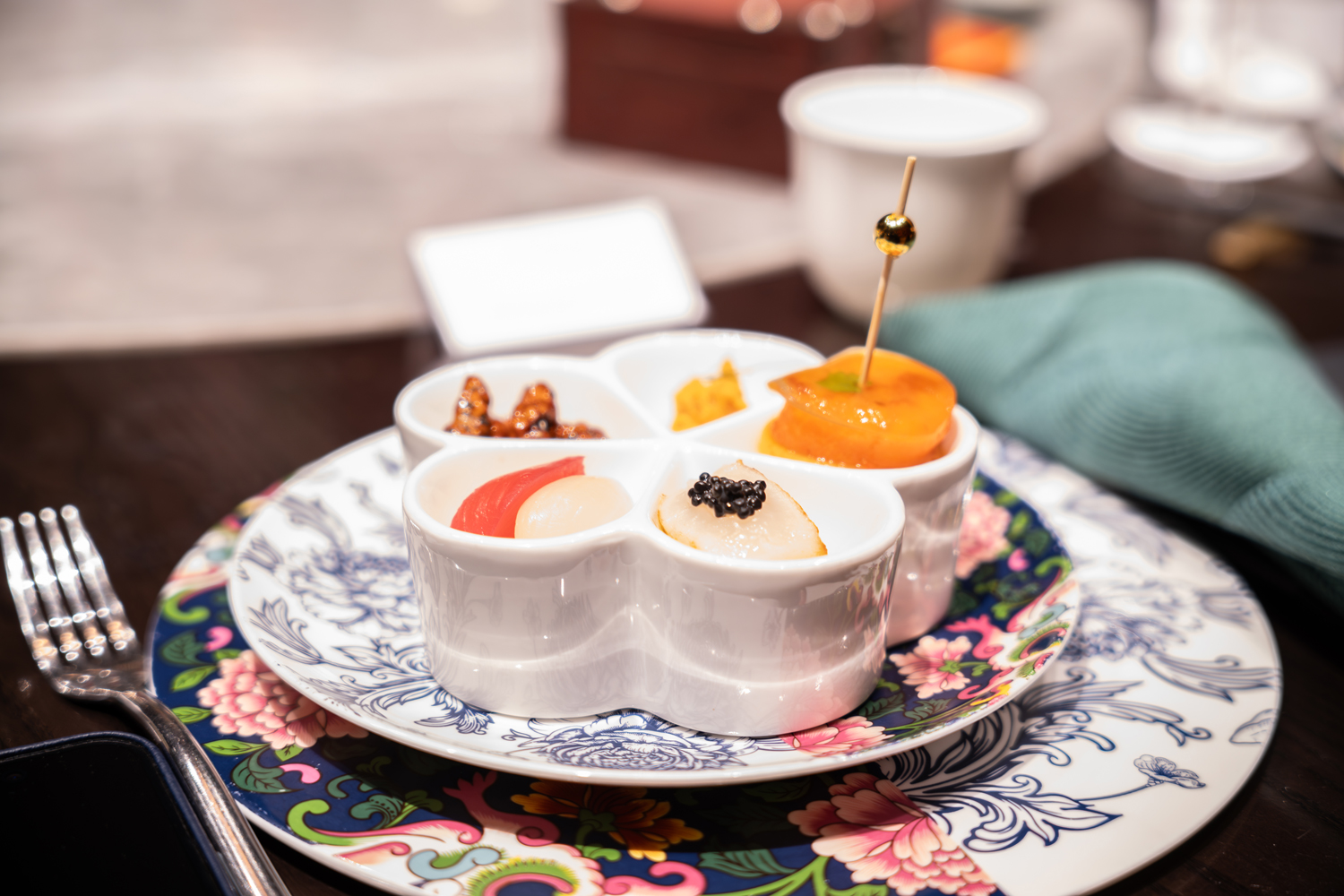
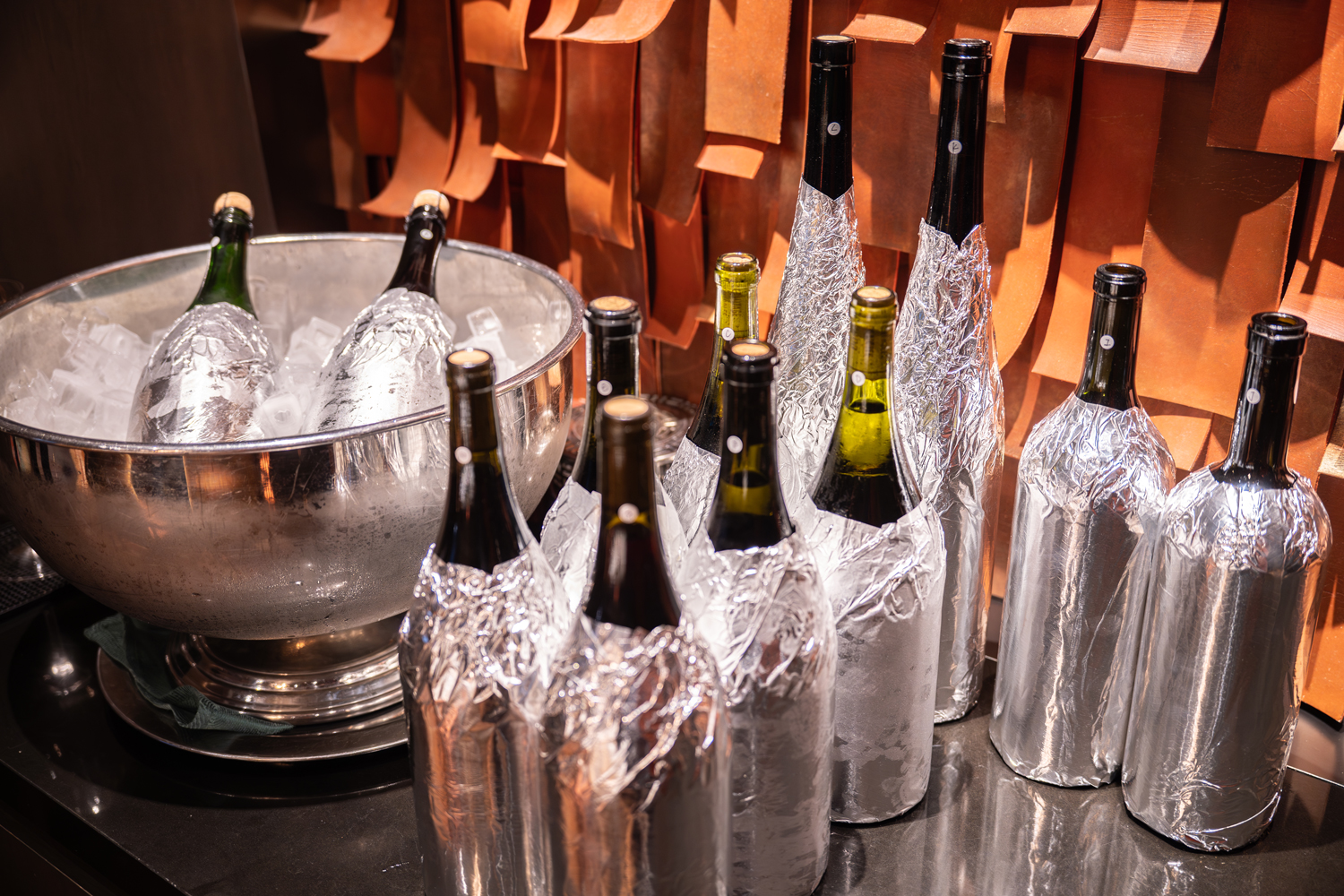
I love comparisons – glasses in hand – for the chance they give to understand wine more deeply. Whenever we taste wines in verticals (same wine, multiple vintages), or horizontals (same vintage, different examples), the similarities and differences between the wines teach us so much more than we would pick up tasting one wine on its own and relying on memory for reference.
So, some years ago I devised a blind tasting concept that employed this comparisons benefit and called it Vintage Pairs. Originally it was a BYO concept for wine enthusiast gatherings – instead of bringing something to serve blind, you had to bring two bottles of something – two vintages of the same wine. I figured it would be a good way to focus our minds – you think wine A is X? Well, your guess has to work for wine B also. It can help or hinder. But once revealed, every participant has experienced two expression of a wine’s personality(ies). We get to understand so much more. Oh, and its more decadent!
More recently I’ve also broadened the criteria a bit – vintage is no longer the only way to compare, the pair might also another connection, like same producer and vintage, but different vineyard (great for Burgundy, Mosel, Barolo, etc), same commune and vintage, but different producer, or same grape variety / blend, same vintage, but different terroir.
Although blind tasting sharpens the senses (we are not led by the label and our preconceptions), I don’t like to dwell on the guessing too long. I also like to bring everyone along as we narrow down the options to somewhere close to the answer. I learned from my friend Erni Loosen (Dr Loosen) to start with “old world, new world?” (or as I like to do it “Europe, or not Europe?”).
Why not try this concept with a group of friends, each one bringing a pair? My colleague Francois also hosts our regular version of Vintage Pairs, a tasting format, pre-dinner.
In Hong Kong this month I had the chance to host a special ‘Vintage Pairs’ – an all-magnums dinner edition at Chinesology in the IFC Mall. Here’s what I served –
First up, a pair of Champagne Doyard non-vintage 100% Chardonnay Champagne magnums from the Côte des Blancs. This is new to our agency portfolio and well worth checking out. Both showed the crispness and structure of Chardonnay, which I like so much as a ‘food champagne’. The ‘Vendemiaire’ 1er Cru Blanc des Blancs was lively, refreshing and zippy, with great energy, while the ‘Rev0lution’ Grand Cru Blanc des Blancs Non-Dosé was richer, more oxidative and rounder in texture, more gourmand.
Next up, a white Rhône pair from the hill of Hermitage, and fully mature. M. Chapoutier is the master producer of single parcel expressions here, with a range of examples isolating specific lieux-dits. Here we had the cuvée ‘de l’Orée’ from the lieu-dit ‘Les Murets’, a 100% Marsanne wine on old fluvioglacial alluvial deposits. The 2001 was rich, quite mature, showing evolution, richness and complexity, but not the energy, vivacity and drive of the 2003 which seamed age-defying, and really full on the palate. Most people preferred it, and it came as a surprise given what a hot year ’03 was. But I tend to think the Hermitage whites thrive in hot years. As Rhône expert John Livingstone-Learmonth taught me many years ago – white Rhône is driven my glycerin on the palate, not acidity.
The next pair proved really quite amazingly close in style, quality and expression, just the sort of outcome I love, to tip preconceptions on their head. In the left glass, 2017 Domaine Cellier aux Moines Puligny-Montrachet 1er Cru ‘Les Pucelles’, one of the finest of white Burgundy vineyards, and made by a domaine we represent, leading the way with fragrant, elegant reds from Givry, but also making this wonderful white. It’s a performer (I had the 2019 vintage a few days later, also great). In the right glass 2017 Vice Versa ‘Platt Vineyard’ Chardonnay. The quality, relative maturity, expression and length were very similar, the Platt perhaps just a tad richer and more toasty in its oak, the Pucelles just a touch longer on the palate. But blind I really couldn’t have told you with confidence which was which. (The Platt Vineyard is a highly regarded Sonoma Coast site, just recently acquired by AXA Millésimes).
Then, Clos des Lambrays from adjacent but contrasting vintages – 2002 and 2001. Both were beautifully fragrant, mature, open, the 2002 just edging out the 2001 for breadth and complexity, but either one would please, as they did this evening, hushing the room as we tasted. No one was fooled as to where we were, and a few guesses pointed to wines much more expensive than these. Thierry Brouin, with several decades’ experience at this Morey-St-Denis grand cru, made these in his very elegant style – picked on the early side for freshness, and vinified whole bunch to extend the mineral fragrant, lightness they are admired for.
Merlot was the focus of the next flight. A 2009 Tua Rita ‘Redigaffi’, 100% Merlot, was something of a disappointment, I felt. The nose was really dull, past its best – a touch too candied, and showing some mushroom notes. The palate was better, pointing to what this Super Tuscan is capable of, intense richness, concentration of dark fruit and loads of spices. It just lacked the aromatic excitement to match. Perhaps too it was just so thoroughly upstaged by the late great Denis Durantou’s 2009 Château L’Eglise-Clinet from Pomerol, 85% Merlot, 15% Cabernet Franc. This was fresh, incredibly fine, yet rich, jewel-like in its shimmering definition and clarity, perfect in its harmony, it is still such a young wine. Yet, we were not left pushing the glass away, it was not impenetrable in its still-youthful guise, it was quietly hedonistic, and deeply satisfying. My clear wine of the night, and possibly a 100-pointer from me.
Finally a pair of Rieslings Mike and I bought at the VDP auctions in Germany back in 2014, that I had been keen to look in on. As an aside, I just love the look of the German magnums – tall and slender, they make quite an impression when you serve them. Both wines were still really lively and fresh, but both drinking really well, the perfect foil to the end of the meal. The 2013 Donnhoff Schlossbockelheimer Felsenberg Spätlase Goldkapsel Auktion, from a steep volcanic porphyry soil vineyard in Germany’s Nahe region, was a little fuller, spicier, while the 2013 Karthäuserhof Eitelsbacher Karthäuserhofberg Spätlese Auktion was finer-boned, more elegant, lighter, tauter, and super refreshing. I’d love another glass of either one anytime!
